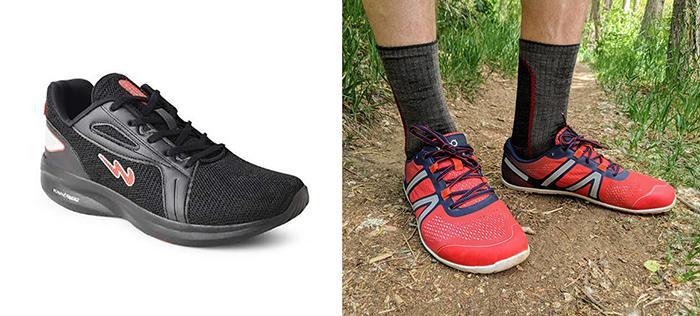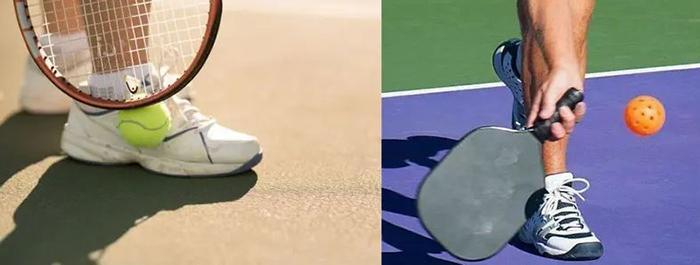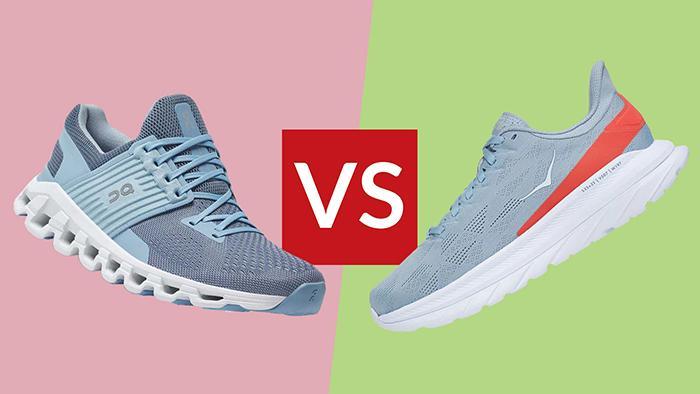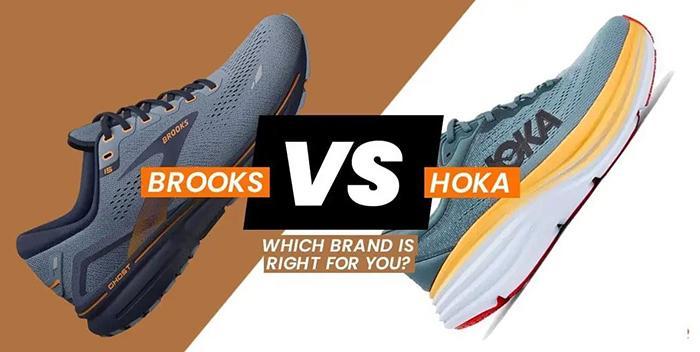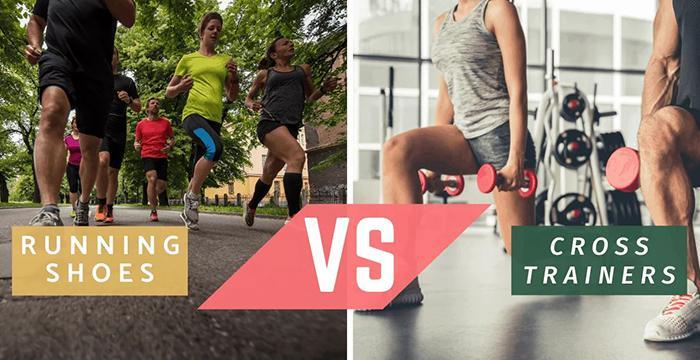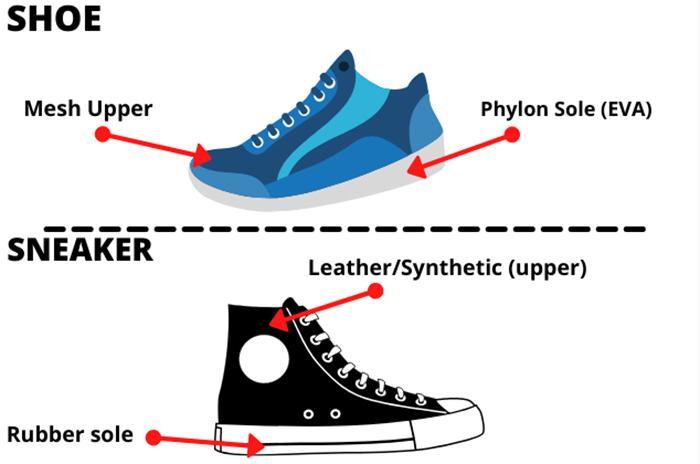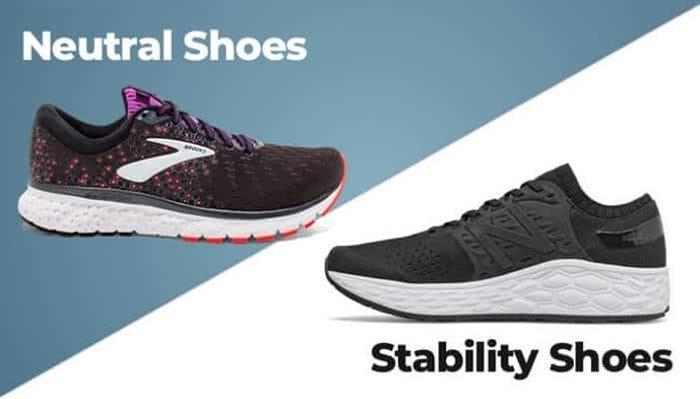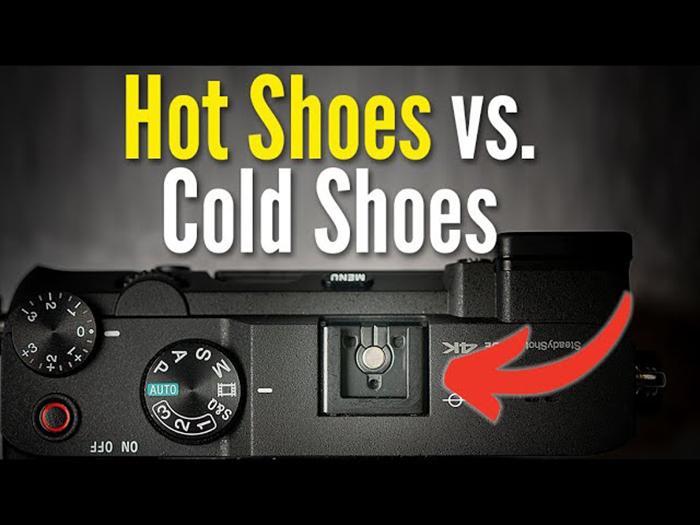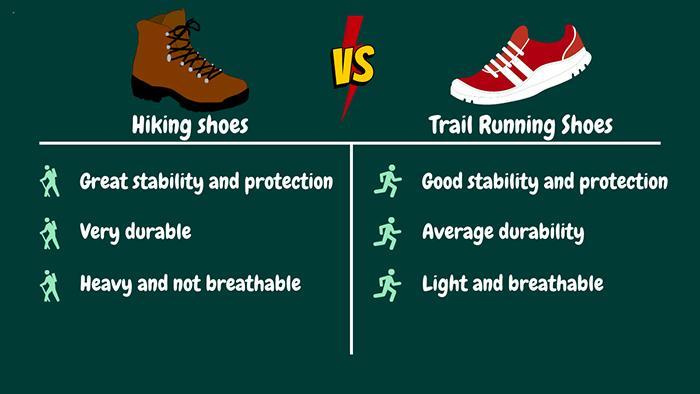As a dancer or dance enthusiast, you’ve probably wondered about the age-old question of whether to wear socks with jazz shoes.
While some consider it a fashion faux pas, others argue that socks offer comfort and protection for your feet during an intense session on the dance floor.
You Are Watching: Do You Wear Socks With Jazz Shoes Updated 10/2024
In this article, we’re diving into the world of jazz shoes, discussing their various styles and materials used, as well as evaluating the pros and cons of pairing them with socks.
Understanding Jazz Shoes
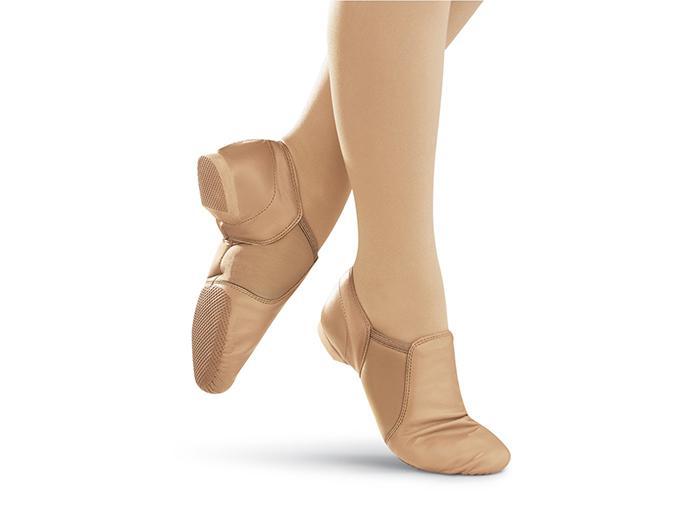
Materials Used In Jazz Shoes
Jazz shoes are crafted with the dancer’s flexibility and comfort in mind, utilizing high-quality materials that optimize movement while providing ample support.
The majority of jazz shoes feature either leather or canvas construction, both offering unique benefits to cater to every dancer’s preference.
Leather jazz shoes typically provide a better fit as they mold to the shape of your feet over time, ensuring maximum support for tough dance routines.
Beyond the shoe’s primary material, soles play an essential role in any jazz shoe design. Most often made from rubber or suede, these slip-resistant soles grant dancers enhanced grip on various surfaces while allowing for smooth execution of turns and other intricate footwork moves.
For instance, suede-soled shoes enable dancers to glide across hardwood floors effortlessly without sacrificing control during fast-paced movements – an ability especially crucial in styles such as acro dance and acrobatic rock’n’roll performance where precision is key.
Different Styles Of Jazz Shoes
Jazz shoes come in a variety of styles, offering dancers the perfect blend of flexibility, support, and style to suit their needs.
Shoes lovers can explore the following popular styles when selecting their ideal jazz shoe:
- Split-sole: These shoes feature a separate sole for the ball and heel of the foot, providing enhanced flexibility and allowing for easier pointing of the toes during dance moves.
- Full-sole: With a single sole covering the entire bottom of the shoe, full-sole jazz shoes offer more support and stability, making them ideal for beginner dancers.
- Lace-up: A classic design choice, lace-up jazz shoes provide a customizable fit and added security across the top of the foot.
- Slip-on: For convenience and ease of use, slip-on jazz shoes eliminate laces or buckles by featuring elasticated panels that allow dancers to simply slide their feet into the shoe.
- Jazz sneakers: A fusion of traditional jazz shoes with modern athletic footwear designs, these high-top sneakers provide extra ankle support while maintaining flexibility in movement.
- Leather or Canvas Materials: Jazz shoes are available in both leather and canvas options – leather provides durability and snug fit whereas canvas offers lightweight breathability.
- Color Options: Black, beige, or white jazz shoes are generally available to match different skin tones or outfit preferences.
- Vegan Alternatives: For those looking for animal-friendly options without compromising on quality or comfort, vegan jazz shoes made from synthetic materials are now available on the market.
The Debate: Socks Or No Socks With Jazz Shoes
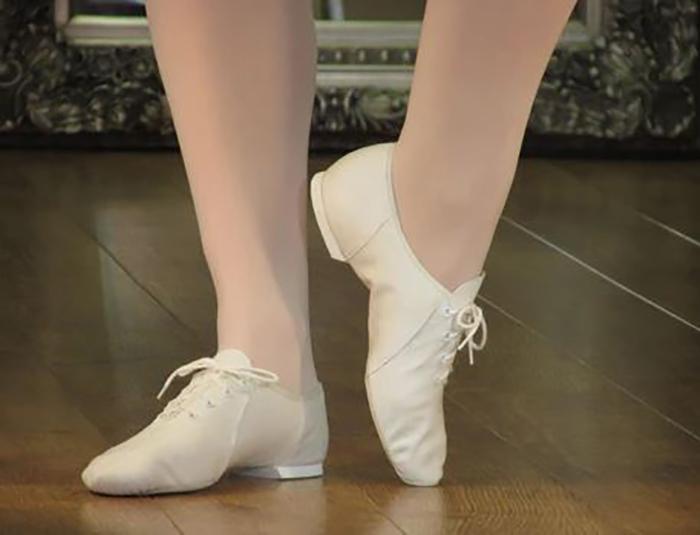
Pros Of Wearing Socks With Jazz Shoes
- Protection against blisters, rubbing, and chafing: Socks serve as a barrier between the skin and shoe, reducing friction that can cause irritation.
- Improved hygiene: Socks absorb sweat and minimize odor, keeping your shoes fresher for longer.
- Enhanced comfort: Some dancers find wearing socks offers additional cushioning and support in their jazz shoes.
- Prevents damage to suede soles: Socks help protect sensitive suede soles from moisture damage due to sweaty feet.
- Versatility in dance styles: Wearing socks with jazz shoes can be suitable for various dance styles like hip hop or acro dance.
Cons Of Wearing Socks With Jazz Shoes
- Reduced Flexibility: Wearing socks with jazz shoes can reduce the flexibility of your feet, hindering your ability to move and articulate as freely as you would without them.
- Loss of Grip: Socks can make it difficult to maintain a good grip on the dance floor or mat, increasing the risk of slips and falls. This is especially true if you’re dancing on a slippery surface.
- Decreased Sensitivity: Wearing socks can dull the sensitivity in your feet, making it harder to feel the floor beneath you and leading to less precision in your movements.
- Potential Damage to Suede Soles: If your jazz shoes have suede soles, wearing socks can be damaging in the long run since sweat and moisture can seep through and damage the suede material.
- Unnecessary Bulk: Socks create extra bulk inside the shoe, which can cause discomfort and make it challenging to achieve a snug fit around the foot.
Factors To Consider When Deciding To Wear Socks
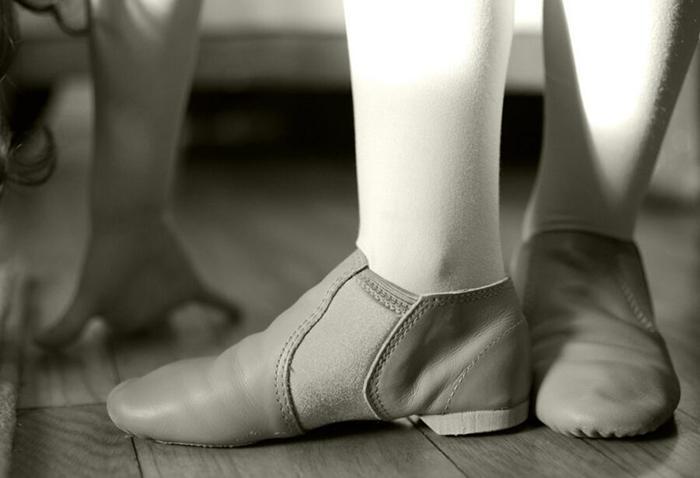
Type Of Dance Class
The type of dance class you’re taking can play a crucial role in deciding whether to wear socks with jazz shoes or not.
For instance, if you’re enrolled in a modern dance class that involves lots of sliding and gliding on the dance floor, wearing socks will provide better grip while reducing friction against your skin.
Certain types of dancers also prefer different footwear options. Ballroom dancers may opt for thin cotton socks when practicing their footwork, while acro dancers may prefer neoprene or elasticated panel stretchy shoes to ensure their feet stay firmly planted during high-intensity routines.
Personal Comfort And Preference
Wearing socks with jazz shoes is a topic that draws various opinions from dancers.
Some people choose to wear thin cotton socks for extra support and comfort during dance classes, while others prefer the barefoot approach for better floor feel.
The decision to wear or not wear socks with jazz shoes ultimately depends on personal comfort and preference.
For beginners who are still adjusting to the fit of their new jazz shoes, wearing socks can provide a cushioning effect and prevent blisters.
Read More : Why Are Bruno Marc Shoes So Cheap Updated 10/2024
On the other hand, experienced dancers who have developed calluses may find it more natural to dance without socks.
Health And Hygiene Concerns
Proper hygiene and foot care are crucial when it comes to wearing jazz shoes. Sweaty feet can cause odor and increase the risk of fungal infections, which is why it’s important to wear socks made from moisture-wicking materials that keep your feet dry during dance classes.
In addition to preventing odors and infections, proper foot hygiene helps prevent the development of calluses, blisters, and other foot-related problems caused by friction between the shoe and the skin.
Ultimately, taking care of your feet ensures that you’re able to enjoy dancing for years to come without worrying about painful injuries or health issues.
Types Of Socks To Wear With Jazz Shoes
Thin Cotton Socks
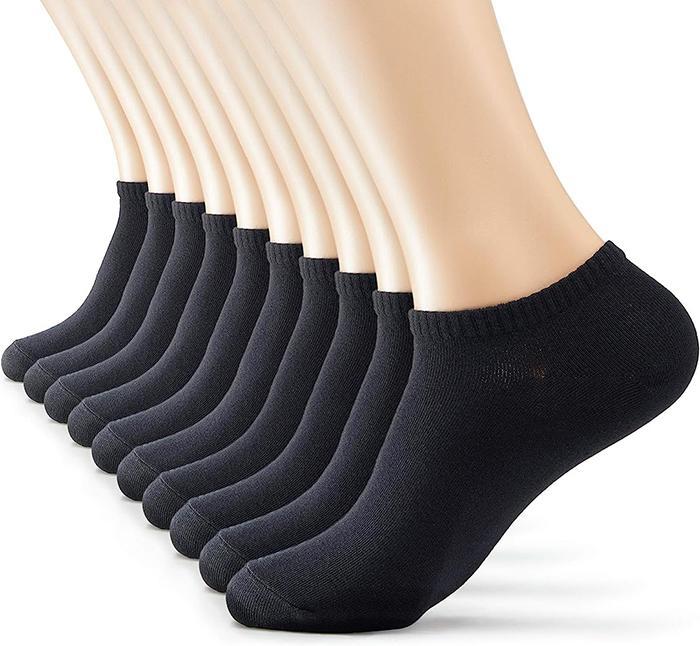
Thin cotton socks are a popular choice when it comes to wearing them with jazz shoes. Not only do they provide extra comfort and breathability, but they also help absorb moisture, keeping your feet dry during intense dance routines.
Cotton socks come in various colors and designs, so you can choose ones that match your dancewear or even show off some style on their own.
However, keep in mind that thin cotton socks may not provide enough grip on the dance floor for certain styles of dancing like acrobatics or hip hop.
So if you’re planning to perform such moves, opt for more specialized dance-specific socks or go barefoot altogether.
Moisture-Wicking Athletic Socks
Athletic socks are a great option for those who want to wear socks with their jazz shoes. They are designed specifically to wick away moisture and keep your feet dry, making them perfect for intense dance workouts that can cause excessive sweating.
These types of socks are often made from synthetic fabrics like polyester or nylon and feature breathable mesh panels that help promote airflow.
When choosing moisture-wicking athletic socks to pair with your jazz shoes, look for options that provide adequate cushioning and arch support.
Compression features can also be helpful in reducing swelling and fatigue during long dance sessions.
Additionally, many styles come in fun colors or patterns that can add some personality to your dancewear ensemble.
Dance-Specific Socks
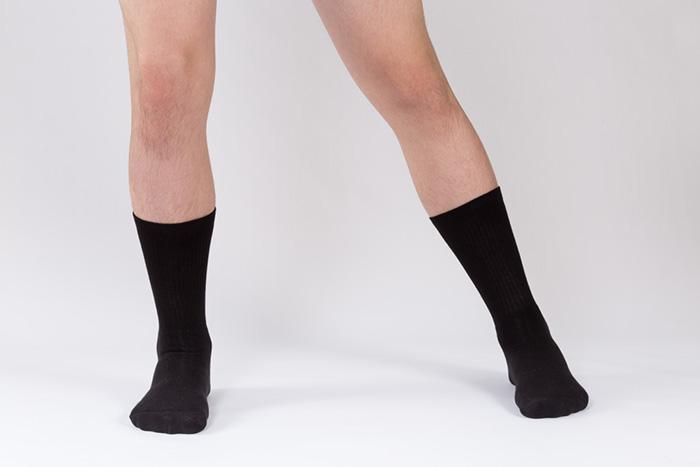
When it comes to wearing socks with jazz shoes, dance-specific socks are a popular choice. These socks are specially designed for dancers and provide the necessary support and cushioning required during intense dance movements.
Some dance-specific socks feature compression technology that improves blood flow and reduces muscle fatigue during long periods of dancing.
Others have sweat-wicking materials that keep dancers’ feet dry while they perform.
Ultimately, selecting the right pair of socks to wear with jazz shoes depends on personal preference and comfort level.
How To Properly Fit Jazz Shoes With Socks
Sizing Considerations
Proper sizing is essential to ensuring comfort and performance in jazz shoes. Jazz shoes should fit snugly around the feet, but not so tight that they restrict movement or cause discomfort.
Read More : Neutral Vs Stability Running Shoes Updated 10/2024
It’s crucial to measure your feet accurately before purchasing jazz shoes as sizing can vary by brand and style.
Consulting with a dance teacher or professional can provide valuable advice on proper fitting of jazz shoes with socks.
For instance, some dancers prefer slightly larger sizes than their regular shoe size for added flexibility while others opt for the exact same size as their street shoe.
Ensuring A Secure Fit
To ensure a secure fit for your jazz shoes, follow these steps:
- Measure your feet properly to determine the correct size of jazz shoes you need.
- Try on several pairs of jazz shoes in different sizes and styles to find the best fit for your feet.
- Choose a pair with an elasticated panel or laces that allow you to adjust the snugness around your foot.
- Slide your foot into the shoe and wiggle your toes to ensure they are not cramped.
- Stand up and walk around in the shoes to feel how they fit when moving.
- Check that the arch of the shoe aligns with the arch of your foot for proper support.
- Ensure that there is no slipping or sliding at the heel or toe area.
- Consider wearing socks or dance – specific socks to create a more secure fit, but ensure they are not too thick or bulky as this can affect grip and movement.
- Test out some dance moves in your new jazz shoes to feel how they move with you.
Tips For Choosing The Right Socks For Your Jazz Shoes
Material And Thickness
The type of material and thickness of socks can greatly affect the fit and feel of jazz shoes. Thin cotton socks are a popular choice for dancers as they allow for greater flexibility in movement without adding bulk or making the shoes feel too tight.
Moisture-wicking athletic socks are also a good option, especially for those with sweaty feet, as they help to prevent slipping on the dance floor.
On the other hand, dance-specific socks with added cushioning and support can provide extra comfort during long dance practices or performances.
Color And Style
When it comes to choosing the right socks for your jazz shoes, color and style are important factors to consider.
For class or rehearsals, it’s best to wear simple and neutral-colored socks that blend with your skin tone or match the color of your shoes.
For performances or competitions, you can add some flair by choosing colorful or patterned socks that complement your costume.
Bold stripes, polka dots, or geometric designs can add visual interest without detracting from the overall look.
Remember that comfort should always come first, so choose socks made from breathable materials like cotton or moisture-wicking fabric blends.
Compression socks can also provide additional support and reduce fatigue during longer dance sessions.
Proper Fit And Support
When it comes to jazz shoes, finding the right fit is crucial for both comfort and performance. Jazz shoes should fit snugly over the feet, similar to gloves.
They should not be so tight as to constrict your movement or cause pain but also should not be too loose as to slip off while dancing.
Additionally, proper support is essential for preventing injuries and maintaining good posture during dance routines.
Look for jazz shoes that offer arch support and cushioning in the sole for added comfort.
Orthotics can also be used inside your jazz shoe if needed.
Conclusion
In conclusion, the debate about wearing socks with jazz shoes ultimately comes down to personal preference and comfort. While some dancers prefer going barefoot for better floor feel, others opt for socks to reduce tension and provide a comfortable fit.
It’s important to consider factors such as the dance style and health concerns when deciding whether or not to wear socks with your jazz shoes.
Regardless of your choice, make sure you choose the right size and material of sock that suits you best – thin cotton socks, moisture-wicking athletic socks or dance-specific socks are all viable options.
Sources: https://www.centuryinshoes.com
Category: Shoes

